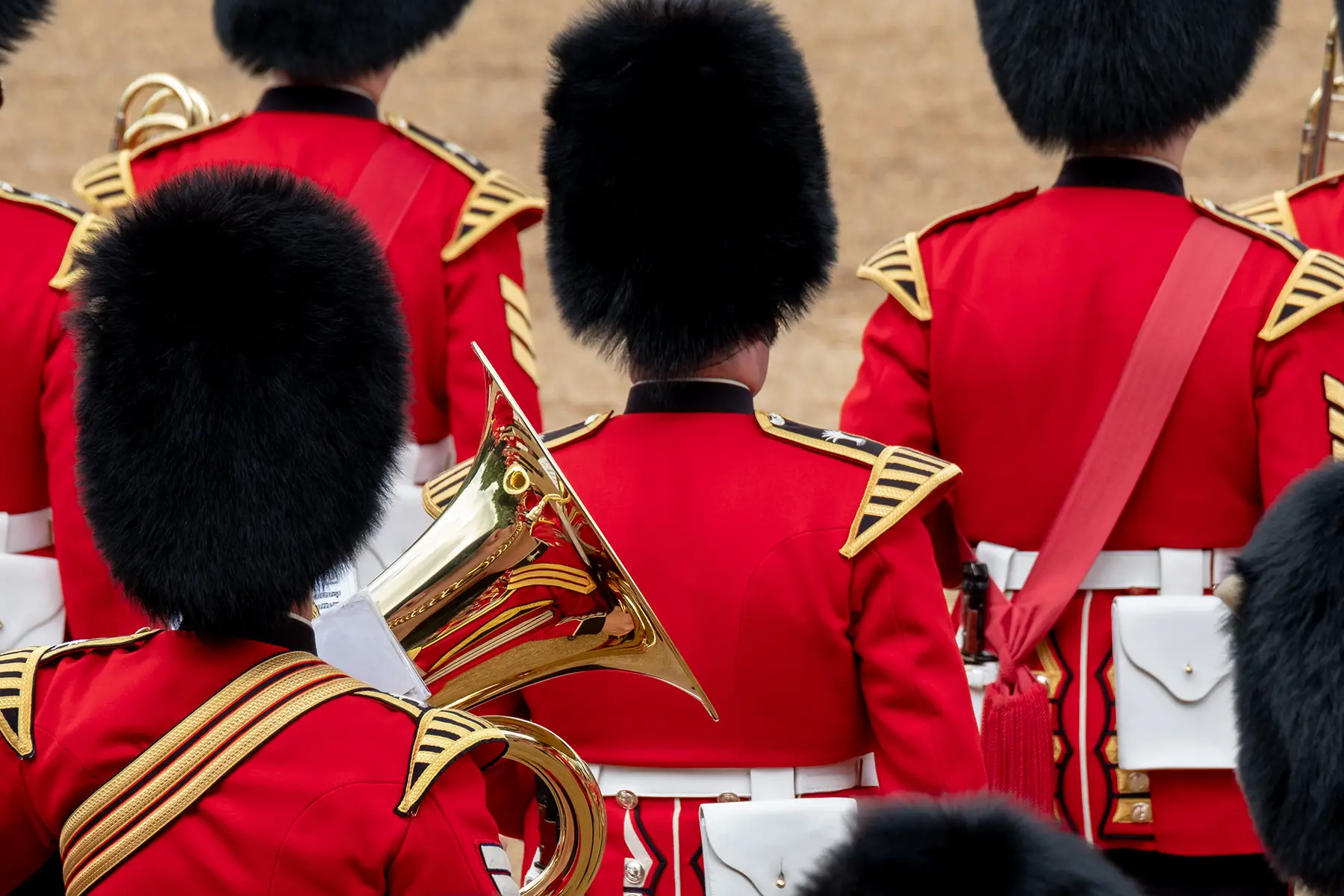The term ‘United Kingdom’ is often a point of confusion for those who are new to the UK. And that’s okay because it is unique. After all, it consists of four countries which – by order of population – are England, Scotland, Wales, and Northern Ireland. This naturally has a huge impact on where English, and other official UK languages, are spoken.
To help you navigate these languages, this guide includes the following information:
Preply
Immerse yourself in the language of your new country with Preply. This app and website matches learners with online tutors so you can follow live, personalized language classes. With 50 languages to choose from, and tutors all over the world, there’s a course for everyone. Check out Preply to start your language-learning journey today.
What languages are spoken in the UK?
English is the most widely spoken language in the UK – even though accents can vary so much that you might sometimes think you’re hearing totally different languages. Given the UK’s long and incredibly dense history, it’s hardly surprising that it also has many other indigenous languages.
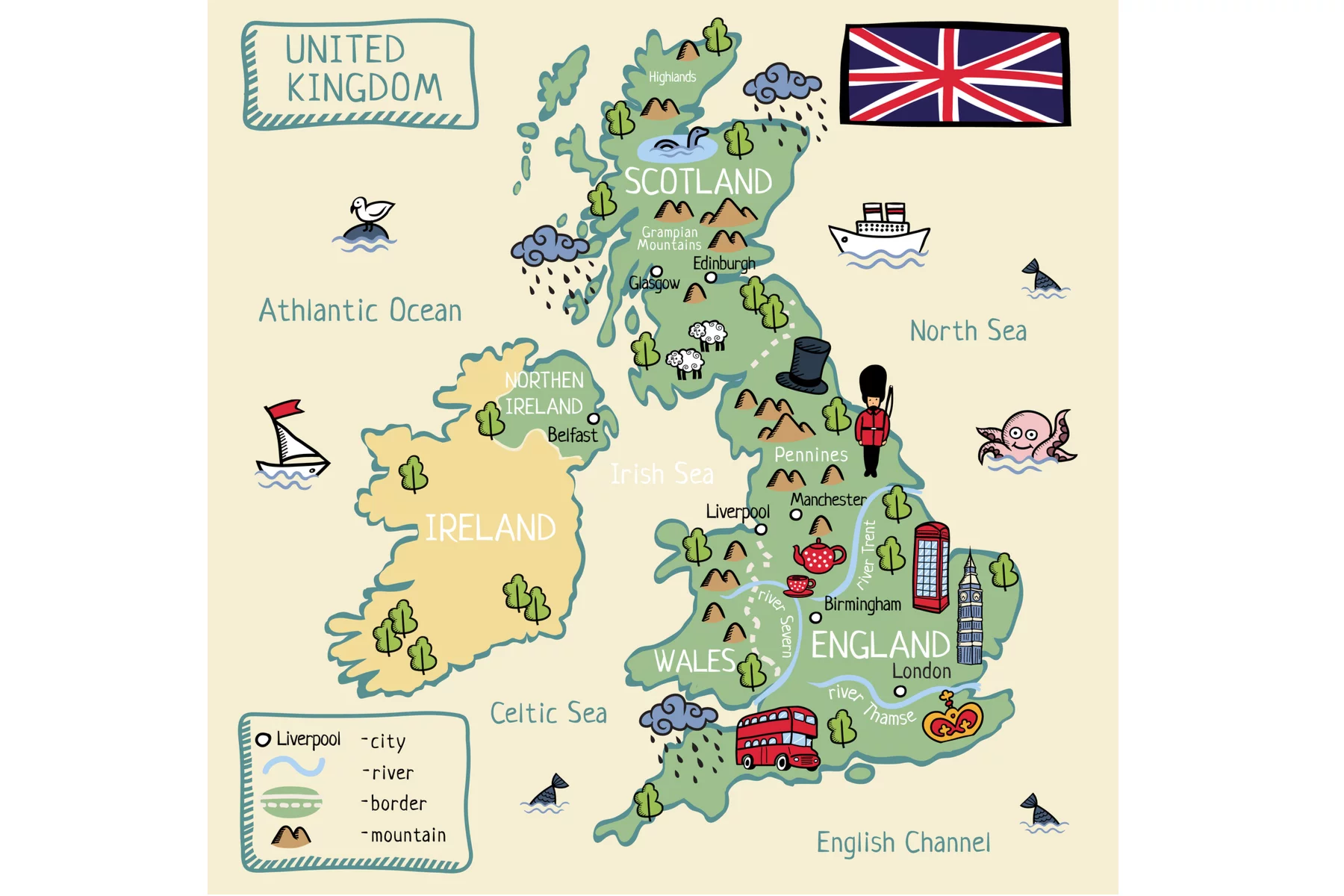
Below is a breakdown of the big one and the other not-so-big ones which are represented across the four countries.
English
According to the last census from 2011, English is the main language for 92% (49.8 million) of UK residents aged three and over. Of the remaining 8% (4.2 million), who had a different main language, the majority (3.3 million) could speak English ‘well’ or ‘very well.’ Although English is used in every official capacity throughout the UK, it is, unsurprisingly, most prevalent in England.
Irish Gaelic
Irish Gaelic is a Celtic language that is spoken as a first language by almost 140,000 people in Ireland, and a further one million people as a second. The language is sometimes referred to as Gaelic, Irish Gaelic, or Erse, but in Ireland, it is simply called Irish. There are three major dialects including Munster-Leinster, which is spoken in Southern Ireland, Connacht in the West, and Donegal in Northern Ireland, which is part of the UK. These dialects have considerable variation among them. Interestingly, Irish became an official language of the European Union in 2005.
Scottish Gaelic
While Gaelic – or more specifically, Scottish Gaelic – is an official language, you’ll be hard-pressed to find anyone who actually speaks it. In fact, back in 2016, the Scottish Government even laid out plans to try and save the dying language and ensure it has a sustainable future in Scotland. In the 2011 census of Scotland, 57,375 people (1.1% of the Scottish population aged three and over) were reported as being able to speak Gaelic; which was 1,275 fewer than in 2001. Gaelic speakers are spread out across Scotland; the highest proportions being in Na h-Eileanan Siar (52%), Highlands (5%), and Argyll & Bute (4%).
Welsh
Despite its relatively diminutive size, the Welsh are certainly on top when it comes to tracking how their language is getting on, with the Welsh census coming as recently as 2019. In this, it states that for the year ending 31 December 2019, 28.4% of people aged three and over were able to speak Welsh; equating to 857,600 people.
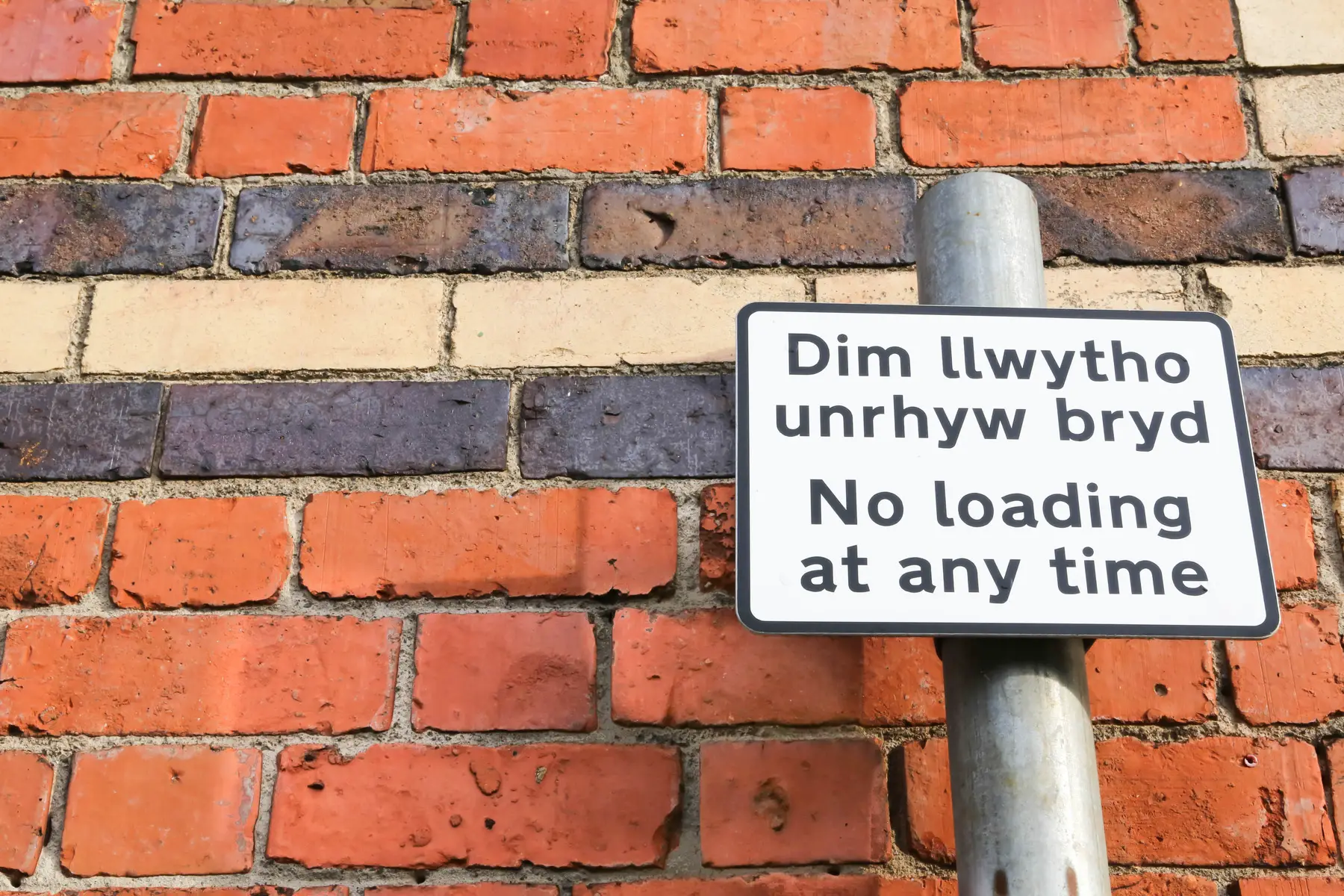
Like in Scotland, the local language is a point of pride for the Welsh, with many road signs and train stations being written in both English and Welsh.
Manx
The indigenous language of the Isle of Man was on the brink of extinction not so long ago. However, following the death of Ned Maddrell – the last native speaker of Manx who, unlike others, did not want to see his language disappear – there has been a large revival effort. This has borne fruit because around 1,800 people had varying levels of second language conversational ability in 2015.
Cornish
This is a unique example of a language being brought back from the dead, considering there isn’t much evidence of it being used by the end of the 19th century. Thankfully, in the early 20th Century, a concerted revival effort was undertaken. This was catalyzed by the rise of Cornish textbooks, literature, films, and music; resulting in around 3,000 people being able to have simple conversations in Cornish (or Kernewek).
Jerriais, Guernesiais, and Sercquiais
You might be surprised to learn that French dialects are spoken in the Channel Islands; an archipelago in the English Channel. Indeed, Jersey, Guernsey, and Sark each have their own native dialects which are closely related to those spoken in Normandy. Jèrriais, Sercquiais, and Guernesiais are the Norman French dialects spoken on Jersey, Sark, and Guernsey, respectively. That said, English is still very much the dominant language across the archipelago.

Indeed, the 2001 census of Jersey recorded that only 3% of the island’s inhabitants were able to speak Jèrriais – and two-thirds of these speakers were over 60. A similar percentage was estimated for residents of Sark (3.3%) and Guernesiais (2%) when it came to speaking their native languages. Interestingly, the pronunciation and vocabulary of the Islands’ dialects are different enough that an inhabitant from one island might not be able to understand an inhabitant from another; or even understand Norman French, for that matter.
British Sign Language (BSL)
According to the British Deaf Association, there are an estimated 151,000 BSL users in the UK, and 87,000 of these are deaf. In 2011, a Scottish census contained a question about languages that enabled individuals to identify as BSL users. Unfortunately, the question asked within the England and Wales census was different from that of the Scottish census, creating a huge disparity in the data collected. As a result, this figure is really an extrapolated number, based on the Scottish population.
Where the English language is spoken worldwide
English is the most widely spoken language in the world, followed by Mandarin, Hindi, and Spanish. There are a lot of juicy stats to go along with that, too. For starters, 20% of the world speaks English, which equates to 1.5 billion people. That said, it’s worth noting that the majority of these aren’t native speakers. This is because English has been adopted as the global lingua franca and is the most commonly learned language in the world. It is also the most common second language.
The UK government classifies the following countries as majority native English speaking:
- Antigua and Barbuda
- Australia
- The Bahamas
- Barbados
- Belize
- Canada
- Dominica
- Grenada
- Guyana
- Jamaica
- Malta
- New Zealand
- St Kitts and Nevis
- St Lucia
- Trinidad and Tobago
- St Vincent and the Grenadines
- The United States
They didn’t actually include their own country on the list but yeah, the UK as well. They probably thought it goes without saying, which is fair enough.
The origins and history of the English language
English is a member of the Germanic language family. This means that it descended from Proto-Germanic, along with German, Dutch, Swedish, and 43 other Germanic languages. If you go back even further up the language family tree, English is an Indo-European language. This is one of the largest language families in the world; spoken in most of Europe and even parts of Southwest and South Asia. Fascinating, do go on, you say? Gladly.
Old English and Middle English
Historical linguists date the English language back to the fifth century when Germanic tribes (speaking Proto-Germanic) invaded Britain. The languages of these groups influenced each other, forming Old English. The earliest form of English looks very different from its contemporary form, but they share several words and word roots. In 1066, the Normans – or French as we call them now – conquered England and integrated parts of their language into English.
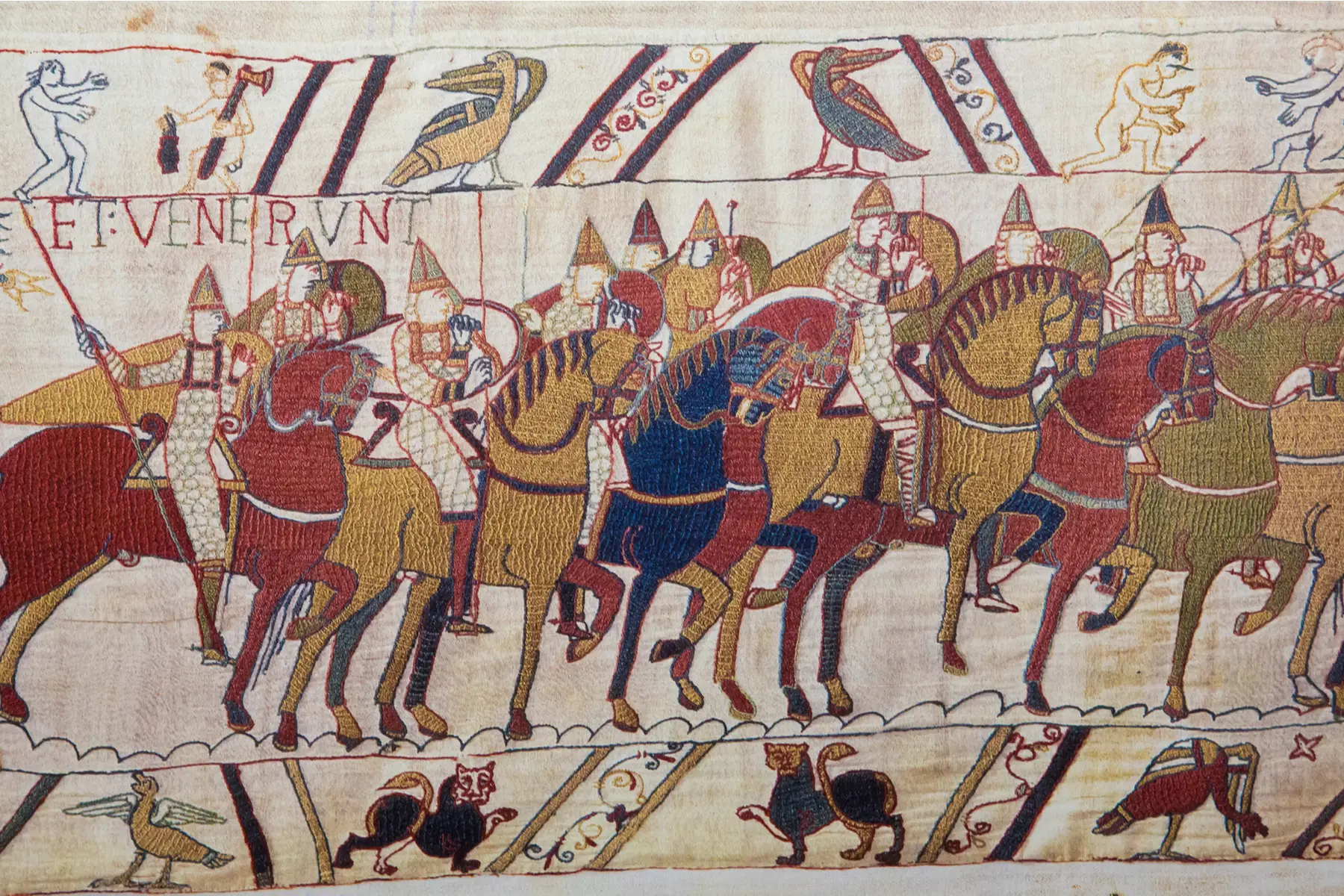
Many French words, along with some Latin, mixed with Old English, and these eventually changed the language so much that Middle English was born.
Modern English
That brings us to the doorstep of what we recognize as English today. Two factors led to the evolution of Modern English. The first was the advent of printing in the 16th century, which enabled mass-produced language for the first time. By the next century, the spelling of words became standardized and words could travel further than ever before.
The second factor was the waves of colonialism and imperialism which spread the English language further afield. Frankly, the United Kingdom – and we’re not being mean here, we’re just stating the facts – imposed English on its territories around the world. And when the period of British colonialism ended, it kind of just picked up and carried on with American imperialism, which is what made the English language as widespread as it is today.
English pronunciation and phonology
Regional accents are a huge part of the UK’s charm and really help define the identity of each area. There are few places like it, in that you can travel half an hour and encounter two completely different accents. However, this can make comprehension tricky, particularly if you are a new arrival. But you shouldn’t feel too bad about it; especially given that many people who are born and raised in the UK even struggle to understand their own British counterparts! This aside, when we break down the actual rules behind ‘good’ English, the alphabet is as good a place as any to start.
The A to Z of English
The English alphabet is based on the Latin script; the basic set of letters common to the various alphabets originating from the classical Latin alphabet.

That’s the written part down, but the spoken part is where it gets a bit more complex, and we really start having a good time.
There are twenty main orthographic vowels of stressed syllables. Some linguists have grouped these into four main categories: ‘Lax’, ‘Tense’, ‘Heavy’ and Tense-R’. Tense vowels differ from lax vowels by adding a silent ‘e’ at the end of the word. So, the letter ‘a’ in the word ‘mat’ is lax (a hard sound), but when you add the letter ‘e’ to the end of the word it becomes the word ‘mate’ with the letter ‘a’ now changing to become tense.
Similarly, heavy and tense-r vowels are patterned together. This means the letters ‘ar’ in the word ‘bar’ are heavy. But if we add an ‘e’ to the word, it becomes ‘bare’ and the vowel ‘a’ is now tense. Finally, the letter ‘u’ represents two different vowel patterns. The first ‘u’ sound is the word ‘cup’ and the second in the word ‘blue’.
There are plenty more delightful eccentricities within spoken English but that’s some of the basics for now.
English grammar
If you thought English phonology was a good time then wait till you start delving into grammar! As daunting as it may first seem, developing a solid foundation in English grammar will not only help you create your own sentences correctly but also make it easier to improve your communication skills in both spoken and written English.

Going in-depth here will likely bring you to tears, so for now, we’ll just cover the mechanical foundations of English grammar with a little explanation.
Basic English grammar rules
There are 11 basic English grammar rules – and that’s really just the basics – so the explanation will be short and (hopefully) easy to grasp:
- Singular and plural nouns: a singular noun refers to one person, place, thing, or idea, while a plural noun refers to more than one person, place, thing, or idea (e.g., dog/dogs, bus/buses, wife/wives). To make a noun plural, you usually only necessary to add an ‘s’, but there are exceptions.
- Countable nouns vs non-countable nouns: countable nouns can be counted as one or more, with an ‘s’ making it plural. However, non-countable nouns can’t (e.g., water, wood, sand)
- Possessive nouns: these indicate ownership (e.g., Graham’s car, Sophie’s book)
- Pronouns: these are words that replace a noun in a sentence (I, you, they, we, he, she, they) e.g., ‘these strawberries are delicious, they are really juicy’
- Verbs: words that represent an action (e.g., sing, drive, eat, run, play) or a state of being (e.g., am, was, are, were)
- Adjectives: used to describe a noun (e.g., a pretty painting, a cute puppy)
- Adverbs: these modify a verb, adjective, or another adverb (e.g., it rains here frequently)
- Tenses (past, present, and future): I did (past), I’m doing (present), and I will (future)
- Prepositions: used to show direction, location, or time, or to introduce an object (e.g., on, at, in, of, to, for, with, over, by)
- Conjunctions: the glue of any sentence, these are connecting words (e.g., for, and, nor, but, or, yet, so)
- Capitalization: Always begin a sentence with a capital letter and add a capital letter to a proper noun (a specific person, place, organization, or object) such as Graham, Paris, Google, or the movie Forrest Gump
Regional dialects
If you strive to achieve Queen Elizabeth II’s English – the absolute pinnacle of expression when it comes to the English language – then you will be lonely. This isn’t because people from the UK aren’t capable of grasping the language on such a level; it’s just not really feasible given the melting pot of different cultures and the reality of how people speak English.
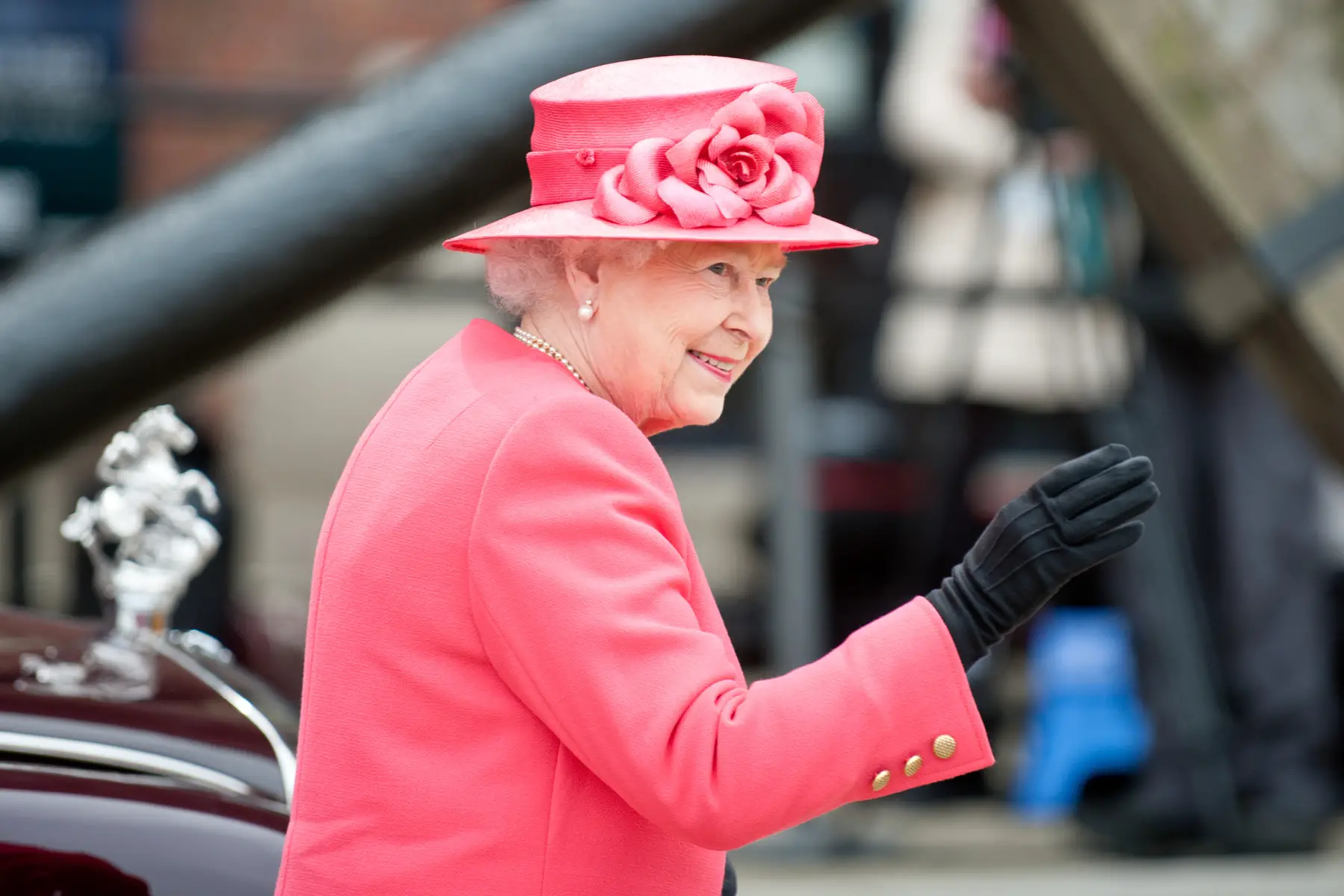
There are roughly 37 dialects in the UK and beyond this, a staggering amount of colloquialization. Of course, this is true of many countries. In fact, in certain parts of the UK, colloquialisms have taken on a life of their own; to the point where every town (and in many cases, different parts of that town) has its own version of English – in conversation, at least.
That said, there are some fairly self-explanatory, umbrella dialects, such as Scottish, Welsh, and Northern Irish; although these, especially Scottish, become so different as you move through the country that it’s almost disingenuous to label it all as one. But there you go.
Cockney
The most famous English dialect – and it’s a risky move to even declare one as being more famous than the others – would be cockney. The traditional dialect of the working class in London’s East End gave the world rhyming slang and is notoriously difficult to impersonate. Just watch any non-Londoner try and attempt it!
Outside of the nation’s capital, Brum (Birmingham), Scouse (Liverpool), and Georgie (Newcastle) are arguably the three most famous dialects in the UK; representing an escalating scale of ‘northernness.
Interesting facts about the English language
Ranging from amazingly insane to insanely mundane, there are so many facts about the English language that we could probably dedicate a whole article to it.
But here are some of our favorites:
- There are more than 40 distinct sounds (or phonemes) in English, despite there only being 26 letters in the alphabet
- Pangrams are a sentence that contains all 26 letters of the alphabet. Astound at your next dinner engagement by asking your guest to “pack my box with five dozen liquor jugs.”
- Lipograms are text that deliberately excludes a particular letter of the alphabet. The best-known example in English is Ernest Vincent Wright’s novel Gadsby: Champion of Youth (1939); a story of more than 50,000 words in which the letter e never appears.
- If you feel like you’re struggling with your vocabulary, then this one will cheer you up; 90% of English text consists of just 1,000 words
- The most common adjective used in English is ‘good’
- The most used noun is ‘time’
- The word ‘goodbye’ originally comes from an Old English phrase meaning ‘god be with you’
- The oldest English word that is still in use is ‘town’
Learning the English language in the UK
Whether you’re taking your tentative first steps towards speaking English or you’re just looking for some colorful dinner conversation, learning the lingo will certainly help you integrate into life in the UK. Not only that, but it’s a worthwhile endeavor as most jobs will expect you to have a decent level of spoken and written English.

Luckily, there’s no shortage of ways to learn English when you’re living there. Whether you prefer learning online, via apps such as Preply, or within a classroom environment, you can easily find a method to suit your needs. You can read all about that in our guide to learning English in the UK.
Living in the UK is a fairly robust language immersion experience, as relatively few native speakers know a second language.
Useful resources
- English UK Course Finder – English UK is the national association of accredited English language centres in the UK. The course finder contains profiles of member institutions and their courses.
- English in Britain Course Finder – An award-winning service guiding students and agents to the websites of accredited English language course providers in England, Scotland, and Wales. The course finder contains profiles of subscriber organisations and their courses.





